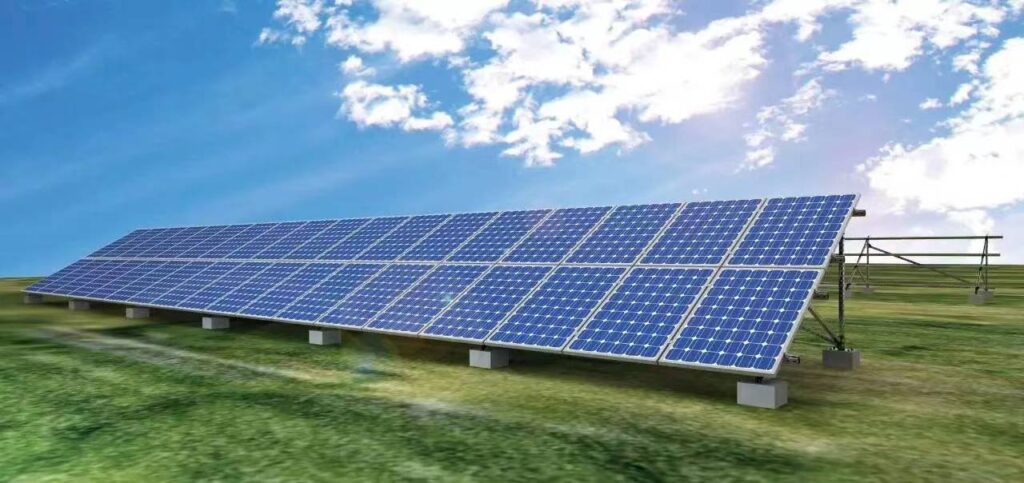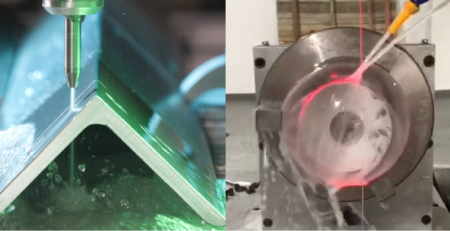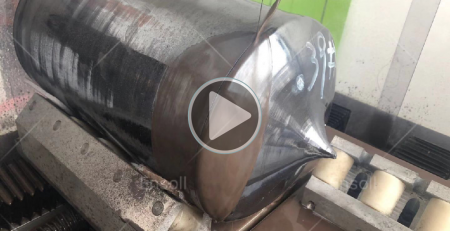The “vysoká horečka” ceny křemíkového materiálu neustoupí, a fotovoltaický průmysl je “naloženo dopředu”
“Cena křemíkového materiálu dosáhla 310,000 juan/tuna, a teprve bude 80,000 juanů/tunu na začátku 2021, a neexistuje možnost poklesu ceny v krátkém časovém období.”
V červenci 26, řekl jeden člověk z fotovoltaického průmyslu reportérovi ze Shanghai Securities News.
Cena křemíkového materiálu nadále rostla, which eventually led to the rise of photovoltaic silicon wafers, cells and modules, and the overall price of the photovoltaic industry chain continued to rise.

photovoltaic industry
“The photovoltaic industry is gradually coming to a crossroads. Although it is developing rapidly, there are also many internal conflicts. All parties should promote the coordinated development of the photovoltaic industry supply chain. Continue to expand the terminal market, the photovoltaic industry will have a better future. ” The person in charge of a leading photovoltaic company said.
“Bitterly overpriced”
According to data released by the Silicon Industry Branch of the China Nonferrous Metals Industry Association on July 20, the price of polysilicon has risen for eight consecutive years. This week, the domestic single crystal re-feeding price range was 288,000 yuan / ton to 310,000 yuan / ton, and the average transaction price was 297,600 yuan / ton, a week-on-week increase of 0.92%;
The price range of single crystal dense material is 286,000 yuan/ton to 308,000 juan/tuna, and the average transaction price is 295,500 juan/tuna, a week-on-week increase of 0.92%.
With the continuous rise of upstream silicon materials, photovoltaic silicon wafers, cells, modules and other links have been “sound”.
V červenci 26, the LONGi Green Energy official announced the latest silicon wafer prices. The price of silicon wafers of different sizes increased from 0.24 yuan/piece to 0.25 yuan/piece, an increase of about 4%. LONGi Green can adjust the thickness of 182mm silicon wafer from 160μm to 155μm. Just the day before, Tongwei Solar’s official website announced the latest pricing of monocrystalline solar cells, and the price of cells of different sizes increased by 4 cents/W to 5 cents/W.
Under the layer-by-layer conduction, the price of photovoltaic modules has risen, and photovoltaic end-users have felt a lot of pressure.
“V současnosti, the biggest bottleneck is the high price of photovoltaic modules. Our goal of photovoltaic installation design is relatively high, but in the past two years, due to the high price of photovoltaic industry chain, the actual installation progress has been reduced.” A person from five power generation groups said. , “What we hope most is to reduce upstream costs and promote the sustainable development of the photovoltaic industry.”
The photovoltaic industry has been suffering from high price of silicon material for a long time. “If the profits of a certain link in an industry are too high, it will inevitably attract funds from all walks of life to invest, and it may fall into overcapacity in a few years. Such fluctuations are not conducive to the overall development of the industry. “The person in charge of a photovoltaic downstream enterprise thinks.
When will the price drop?
The coordinated development of the supply chain is becoming a key issue in the photovoltaic industry.
At the “2022 Photovoltaic Industry Chain Supply Forum” held in mid-July, relevant industry authorities said that at present, the photovoltaic industry does have the problem of coordinated development of the supply chain. “Entering 2022, the price of the photovoltaic supply chain will still maintain an upward trend.
The high price reflects the imbalance between supply and demand to a certain extent, and the artificially high price also has a certain impact on the healthy development of the industry.
We should work together to explore the establishment of a long-term mechanism for supply chain coordination and guarantee. It is not only to solve the current problem of coordinated development of the internal supply chain of the industry, but also to prevent problems such as excess capacity caused by unreasonable capacity expansion in the future. ”
Silicon giants are also concerned. A relevant person in charge of a large-scale silicon material company said that the silicon material field has experienced ups and downs in recent years, and he knows it well.
Lu Chuan, chairman of Chint New Energy, said that the current high profits of silicon materials have promoted the influx of many companies, but as a material and chemical industry, it has its own production rhythm requirements.
Obvykle, the delivery time of its core materials is 12 měsíce, and the cycle of production capacity is longer. In Lu Chuan’s view, capacity expansion should be achieved more through mergers and acquisitions and earlier layout.
“It is precisely because the photovoltaic industry is still in its teenage years that everyone’s expectations for its development speed are not particularly accurate, resulting in an imbalance between various links in the industry chain.”
Zhong Baoshen, chairman of LONGi Green Energy, believes that with the passage of time, the industry chain will soon enter a new equilibrium state, and eventually the supply will “keep up” to meet market demand.
When will the price of silicon material drop? A photovoltaic industry analyst believes that at present, the rise of silicon material prices has not stopped, and it is expected to continue to rise in the third quarter, “even in the fourth quarter, it is difficult to see a significant decline.”
According to PVInfoLink’s forecast, the production capacity of the silicon material segment in early 2022, the end of 2022 and the end of 2023 will be 264GW, 442GW and 663GW respectively, and the growth rate this year and next year will reach 67% a 50% odolnost proti korozi. This means that by 2023, silicon materials may begin to fully alleviate the contradiction between supply and demand.
A bigger terminal has a future
“Continuing to expand the terminal market, the photovoltaic industry has a future. V současnosti, the photovoltaic and wind power industries are limited by the energy storage problem and have not really opened the ceiling. The long-term development of the photovoltaic industry still has a long way to go.” A person from a leading photovoltaic enterprise told reporters, ” Only by solving the shortcomings of energy storage can the photovoltaic industry usher in unlimited development space.”
Cao Renxian, chairman of China Photovoltaic Industry Association and chairman of Sungrow, said that in recent years, driven by the guidance of industrial policies and market demand, my country’s photovoltaic industry has achieved rapid development.
V současnosti, China has formed a global industrial chain ranging from industrial silicon, high-purity silicon materials, silicon ingots/rods/wafers, cells/modules, inverters, photovoltaic auxiliary materials, photovoltaic production equipment to system integration and photovoltaic product applications ,and in each main link have formed a group of world-class leading enterprises.
V současnosti, the photovoltaic industry is still in a period of important development opportunities. How to deal with supply chain risks, maintain supply chain security and stability, how to seize the strategic opportunity period, and truly realize the healthy and sustainable development of the industry, the test is not only the R&D capability and product quality of the enterprise, but also the cohesion of the industry and the synergy from the supply side, the manufacturing side to the client side.
“I hope that industry practitioners will have a longer-term vision and a broader pattern, establish a community of upstream and downstream industry chain enterprises as soon as possible, work together to promote the coordinated development of upstream and downstream industries, and jointly resist supply chain risks; Actively deploy the high-end links of the value chain, promote the coordination of the industrial chain and the supply chain, and ensure the healthy development of the photovoltaic industry under the new situation. “Cao Renxian said.
A person from a photovoltaic downstream enterprise said that since 2000, the photovoltaic industry has experienced stages such as “owning cells as king” a “owning silicon wafers”, and now there is a phenomenon of “owning silicon as king”. ”
In the entire industry chain, when there is a shortage in a certain link, it can be called the king, but there has never been a stage of “owning components as king”. The photovoltaic module segment faces thousands of users, and the future direction of the photovoltaic industry is to build a ‘user-centered’ ecosystem. “



